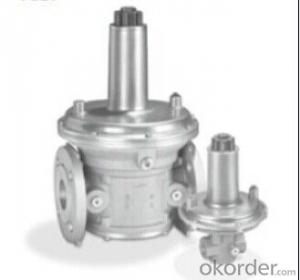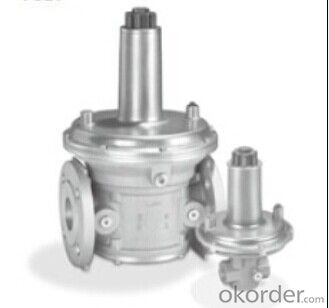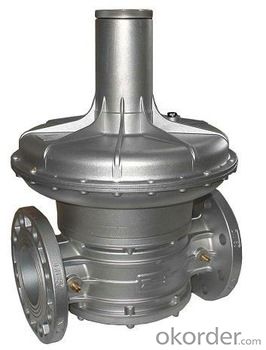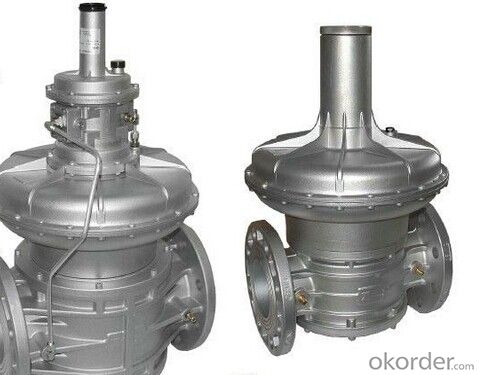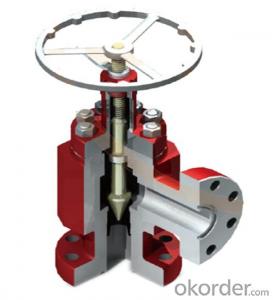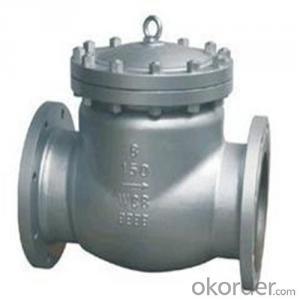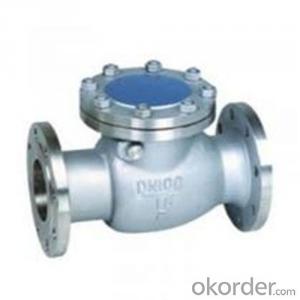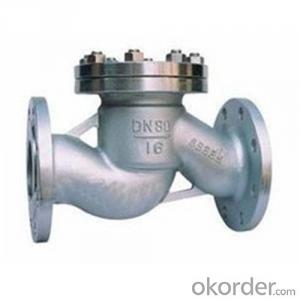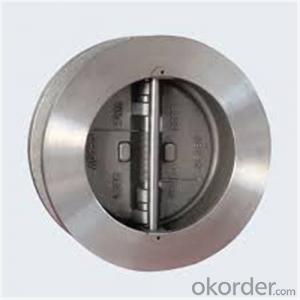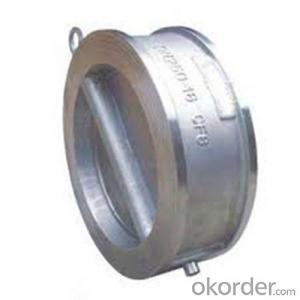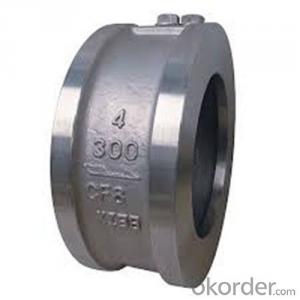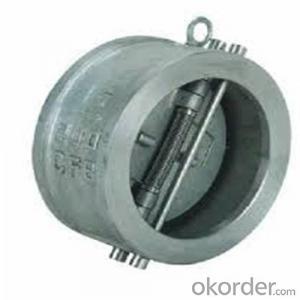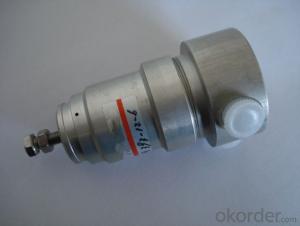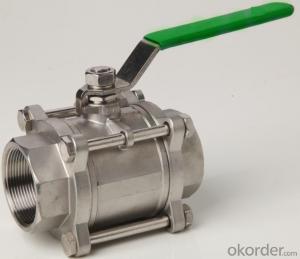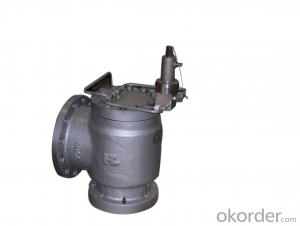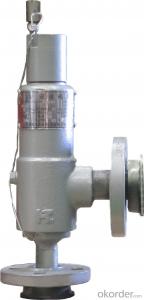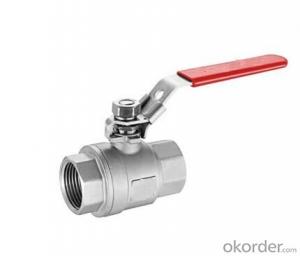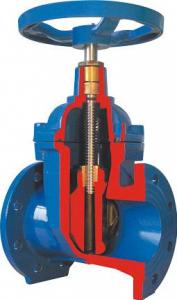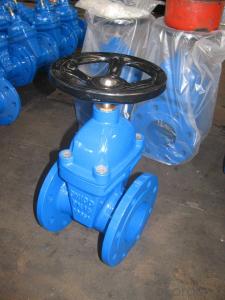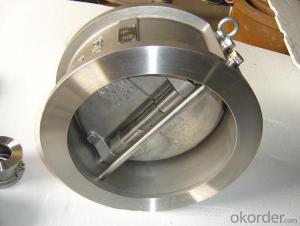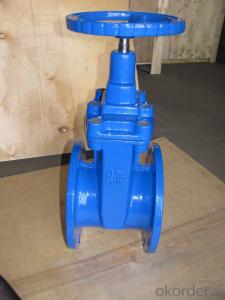Pressure Reducing Valve with good delivery time good quality
- Loading Port:
- China Main Port
- Payment Terms:
- TT OR LC
- Min Order Qty:
- -
- Supply Capability:
- -
OKorder Service Pledge
Quality Product, Order Online Tracking, Timely Delivery
OKorder Financial Service
Credit Rating, Credit Services, Credit Purchasing
You Might Also Like
Specifications:
Regulator for gaseous media, to be fitted to all types of gas
Optimum dimensioning allows high throughput performance
Application:
VGBF regualtors are general purpose regualtors for controlling gas pressure to furnaces, ovens and other gas consuming equipment. They are suitable for nature, LP and clean biogas at inlet pressure up to 60psig (4bar). Springs are available to allow for a wide choice of outlet pressure.
Payment: TT / LC / DP
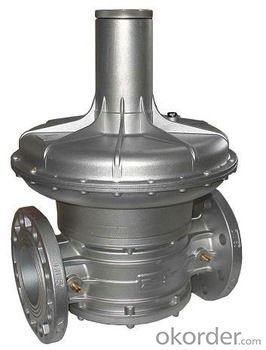
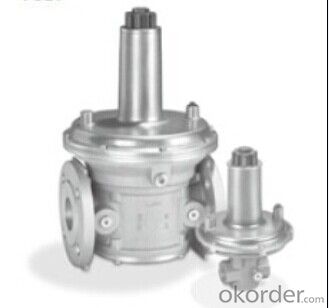
- Q: We have an oil steam system. There are Dole valves - 1A on each of the radiators. We bought new ones. They don't seem to be working. They look like a bullet shape with a screw in (on the side of the bullet) to the radiator. On the top of the bullet is a slit with numbers 1-10 on a dial. A picture we saw on the web showed a plastic piece of tubing in the screw part which looks like it goes into the radiator. If we remove the valve, the radiator gets hot with steam coming out of the hole. With the new valve on, the radiator barely gets warm. We're in Piscataway, NJ 08854. H-E-L-P.
- Seems to me that a steam valve would need to hold a lot more pressure than a hot water valve. Steam is a high pressure gas and water is a liquid irregardless how hot it is (below boiling point) I am not a qualified plumber or boiler tech but personally I wouldn't use a steam valve for water or vise versa.
- Q: Hey,Recently purchased a 2006 Audi A4 2.0T Q S-Line. Loving it so far but i can barley hear the blowoff valve if at all. So i am in the market for the loudest blowoff valve. I realize its a very tiny turbo but id still like to hear it and maybe even turn some heads. If anyone can help me out i would greatly appreciate it. Thank you
- The reason for this is because the car has a stock diverter valve in the car. I would not even think about putting a blow off valve inside of this type of car. This is because the car will be running to rich off of the blow off valve. This can cause a malfunction in the computer system in your car. This also will cause a check engine light which will not be able to come off unless you take out the blow off valve and replace it with a diverter valve. A diverter valve takes the air in from the turbo then recycles the air back into the turbo to give it more power. The blow off valve gets the air from the turbo and pushes it out which is why you will get the swoosh noise. There is a type of valve that will allow you to pick what you want whether you want a swoosh noise or to keep the air. You can choose the percentage and I would put in 60% divert and 40% blow off if you really want the swoosh noise.
- Q: I have a 2000 jeep grand cherokee v8 4.7L it has a stuck valve making knocking noises my question is can i still drive it !? or is too dangerous
- For 1 how do you know it has a stuck valve , if you know that you know how to get it unstuck (pb-blaster ) or something like that , or is it carbon holding it open if it is you will need to pull the head becouse the head of the valve will come off and damage the piston and the block , good luck.30 years exp on cars and big trucks
- Q: Among butterfly,ball,needle and gate valves which is used mostly in pneumatic system?
- It depends on what sort of system you are operating. Most butterfly valves leak, a few don't. Ball valves are instant operation, and don't normally leak. Needle valves are used for fine control of the flow rate. Gate valves are quick to operate, and don't normally leak. On aircraft pneumatic systems, butterfly valves are common, where a leak is permissable. Where no leak is permissable, slide valves are used, which have rubber seals.
- Q: Mostly suction apparatus with dual head motor, consist a non-return valve, what is its function to have it on the apparatus and not to have it?
- A non-return valve ensures when you stop the motor that what ever material you have sucked does not return back to it's original location. Take the example of a vacuum cleaner and a bowling ball... If you were to pick up the bowling ball with a vacuum cleaner and then turn the vacuum cleaner off, the ball would fall. However, if you had a non-return valve along the piping of your vacuum cleaner, when you turned the vacuum cleaner off the bowling ball (assuming there is a perfect seal between bowling ball and vacuum cleaner's attachment and the piping of the vacuum cleaner did not leak!) would stay attached to the vacuum cleaner and not fall! Non-return valves in the case of suction apparatus, usually act as a safety device to ensure if the power is lost to the motor, that any vacuum that has been produced is not lost.
- Q: Ok, so I was just wondering, do you have to have a turbo to get blow-off valves? Also, do you have to have a manual? And are there any other requirements?
- I'm a girl.....you don't have to have a turbo, any type of fast car will get you blown off.
- Q: Im putting in a new EGR Valve for my 94' Mazda MX-3 V6 1.8L and i was wondering if anyone had a guide or some special tips on what or what not to do...Thanks.
- One thing people don't do is bring the old EGR Valve with them to match it up with the new one before leaving the auto parts store. I would suggest doing this FIRST, if it is possible to get a ride to the parts store. I know you can't do this if the MX-3 is your only car lol. Be careful and take your time, do not rush and take digital pics before job is started so you know how or where things were durring re-assembly. And I do hope it is warm wherever you are doing this job,lol. Good question!
- Q: Where is the mixer valve on a '94 Dodge Caravan with a 3.0 V6 engine?
- which valve are you talking about,fuel injection is mixed automatically with the air and fuel ratio through the injectors,i hope that was what your talking about,good luck.,,PS i don't think a 94 model uses a mixing valve,if it does have one on it it will be before it goes in to the firewall in plain site.
- Q: Ok i dont know much about cars so if anybody could help out with this id appreciate it. Do i need to take my car in to get the PCV valve replaced or can i buy it and have it done in my driveway?Thanks....
- The PCV valve is about 3 inches long, just pull it out of the valve covers and replace it with the new one!!!
- Q: I am a 55-year-old female going in for mitral valve replacement surgery, and I need to decide on which valve to get: bovine or mechanical. If you have any experiences or know anyone who's had either of these types of valves placed in their bodies, please elaborate on the experience. I want to know the pros and cons of each.Thank you.
- I had open heart surgery, repairs to my mitrial and tricuspid valves. On the mitrial valve, an Edwards Lifescience ring was placed to tighten valve and the tricuspid was just tightened. That was five yrs ago. Have more energy and feeling better, still. My surgeon did mention placing a porcine valve but once they got inside my heart, the DRs. choose the lifescience ring. I do take an anticoagulant but for other reasons for over 8 yrs now.
Send your message to us
Pressure Reducing Valve with good delivery time good quality
- Loading Port:
- China Main Port
- Payment Terms:
- TT OR LC
- Min Order Qty:
- -
- Supply Capability:
- -
OKorder Service Pledge
Quality Product, Order Online Tracking, Timely Delivery
OKorder Financial Service
Credit Rating, Credit Services, Credit Purchasing
Similar products
Hot products
Hot Searches
Related keywords
